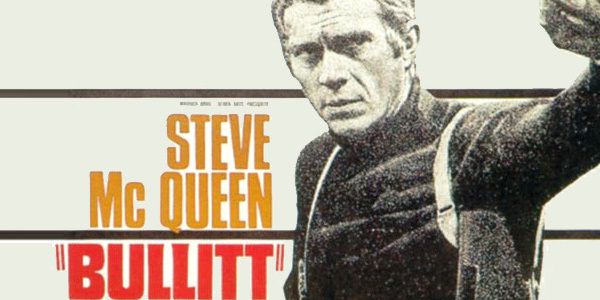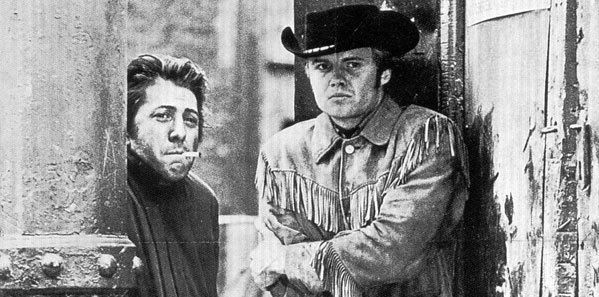Meat Is Murder may have been a holding pattern, but The Queen Is Dead is the Smiths' great leap forward, taking the band to new musical and lyrical heights. Opening with the storming title track, The Queen Is Dead is a harder-rocking record than anything the Smiths had attempted before, but that's only on a relative scale -- although the backbeat is more pronounced, the group certainly doesn't rock in a conventional sense. Instead, Johnny Marr has created a dense web of guitars, alternating from the minor-key rush of "Bigmouth Strikes Again" and the faux rockabilly of "Vicar in a Tutu" to the bouncy acoustic pop of "Cemetry Gates" and "The Boy With the Thorn in His Side," as well as the lovely melancholy of "I Know It's Over" and "There Is a Light That Never Goes Out." And the rich musical bed provides Morrissey with the support for his finest set of lyrics. Shattering the myth that he is a self-pitying sap, Morrissey delivers a devastating set of clever, witty satires of British social mores, intellectualism, class, and even himself. He also crafts some of his finest, most affecting songs, particularly in the wistful "The Boy With the Thorn in His Side" and the epic "There Is a Light That Never Goes Out," two masterpieces that provide the foundation for a remarkable album.



















